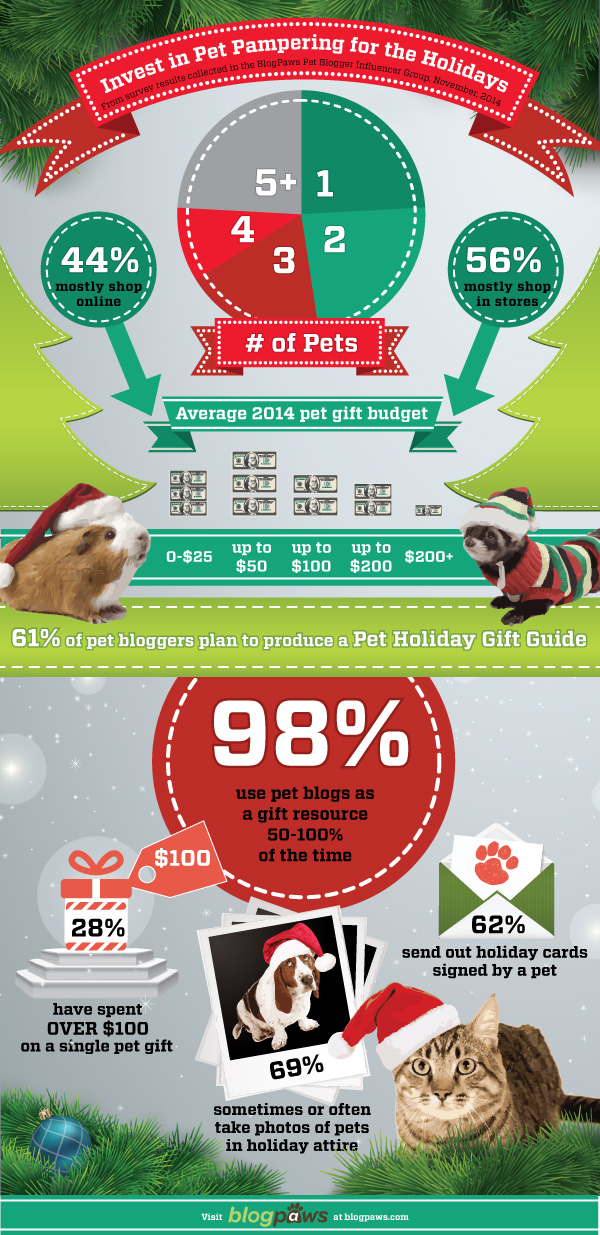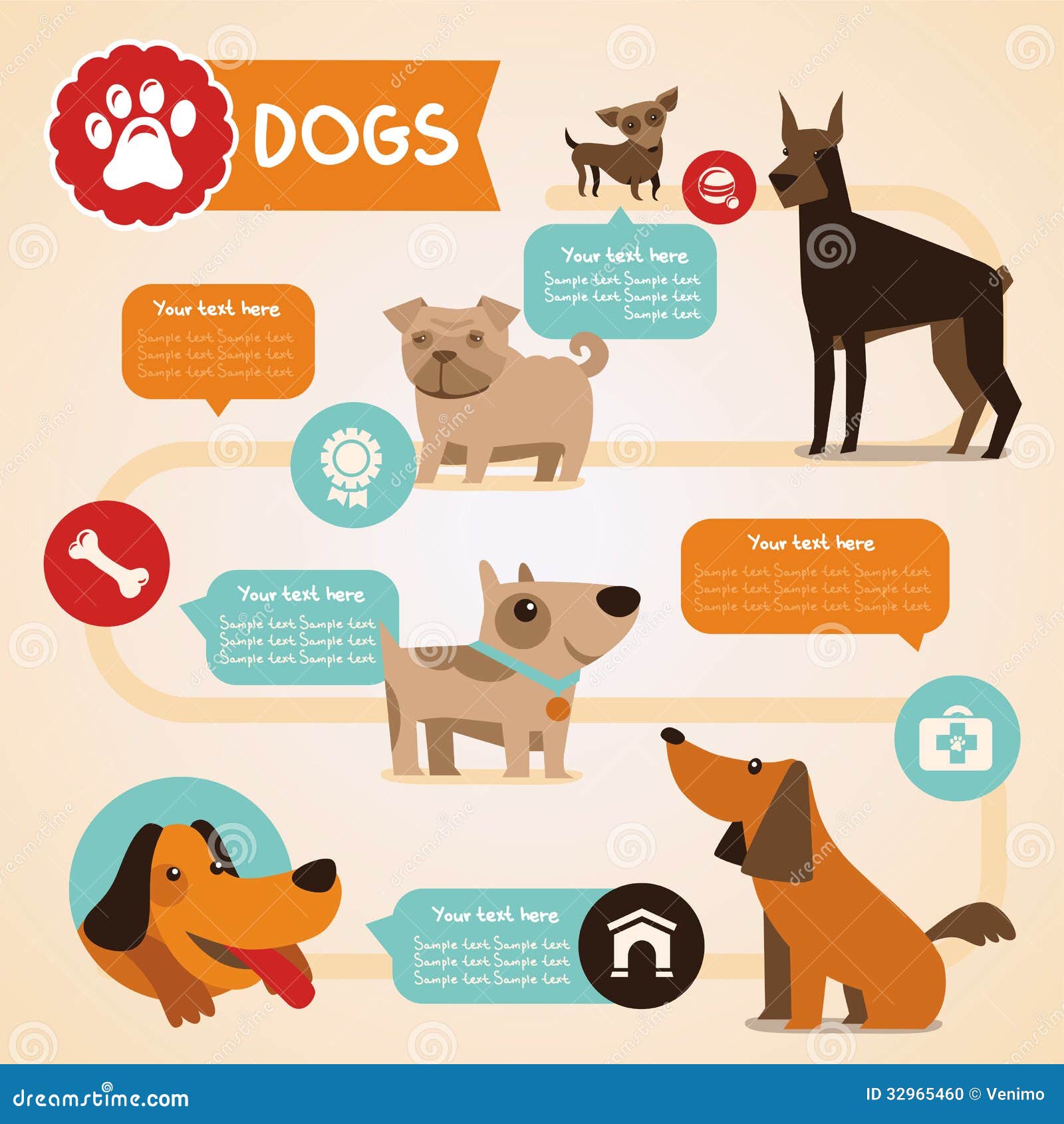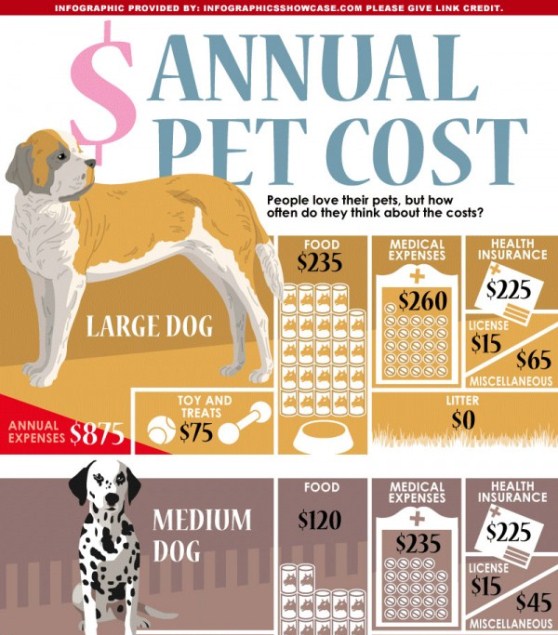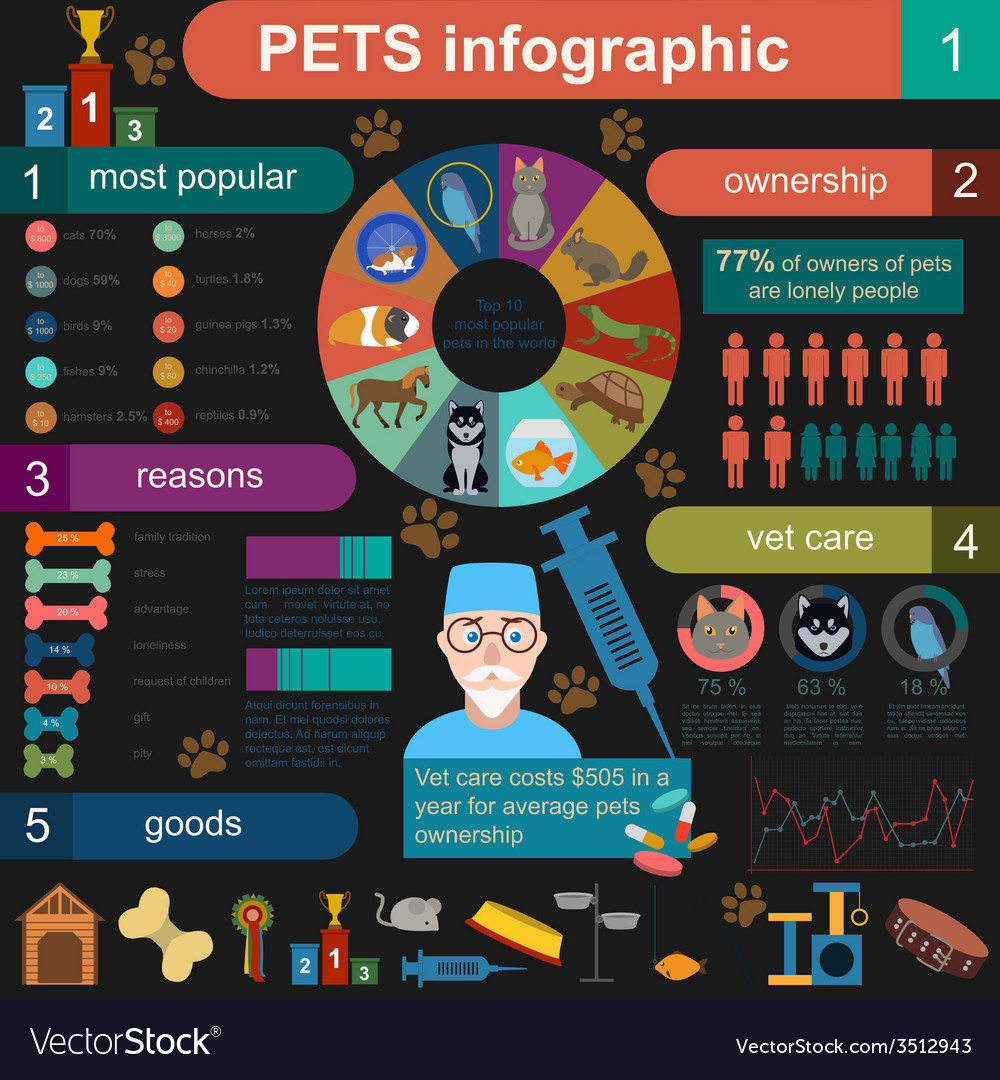Dog Daycare With Overnight Boarding Explained
Dog Daycare With Overnight Boarding Explained
Blog Article
Just How Pet Childcare Helps Splitting Up Anxiety
Pets with splitting up anxiousness show a series of actions consisting of whimpering and eating when their proprietors leave. Pet dog day care offers a risk-free and engaging environment that can help reduce these symptoms.
Frequently, pet dogs that come home to chewed-up furniture or non-stop barking are dealing with separation stress and anxiety. While childcare can help handle the signs and symptoms, it is not a service for all pet dogs with splitting up anxiety.
Socializing
Socializing is a powerful tool to aid deal with separation stress and anxiety. It educates dogs to trust various other human beings in an environment where they can be securely divided from their owners. This can make vet sees, brushing appointments, and other human communications much less stressful.
Dogs that are not interacted socially might present destructive behavior or extreme barking when laid off. These actions can be caused by monotony, anxiety, or absence of exercise. During day care, your pet dog will certainly engage in group play and physical activity, which helps them burn stifled power. The structured activities and routine of day care also stops dullness, which can be a trigger for splitting up anxiousness.
Attending daycare frequently additionally develops a regular and familiarity for your dog, making them see being far from their proprietor as regular. While pet childcare doesn't cure separation stress and anxiety on its own, it can supply substantial advantages to your dog along with various other treatment options (behavioral training and desensitization).
Stimulation
Numerous canines with separation stress and anxiety really feel a feeling of desertion when they're laid off. This usually shows up as too much barking, chewing on furniture, and attempts to escape.
Dogs in daycare are given plenty of physical and mental stimulation. When pet parents drop off their pups, they are separated into play groups according to age and activity level. This allows for a safe environment for everyone. Then comes morning group play, a time when dogs can engage with their fellow daycare buddies and burn excess power. After a lengthy day of having fun and snacking, it's nap time.
For numerous canines, a consistent routine of attending childcare a couple of times a week aids relieve splitting up anxiousness. Once they find out that being far from home isn't a big deal, they will certainly be less anxious when their owners are away for work or on vacation. They'll additionally return worn out, so they'll be a lot more able to rest via the evening without bothering with their proprietor.
Exercise
Canines can develop separation anxiety if their regimen is interfered with by timetable modifications, relative moving in and out, or new experiences that make them feel insecure. Also a small modification can activate an intense response that includes devastating eating, pacing and home soiling.
Daycare gives pets with an organized board and training for dogs near me everyday routine that reduces changability. It additionally keeps pets involved with psychological and physical stimulation through team play and dexterity activities, avoiding boredom that can sustain anxiety-related habits. The physical activity also aids launch suppressed energy, which can protect against the stress and anxiety that causes harmful habits when the dog goes to home alone.
Routine participation at daycare can dramatically boost separation anxiety. The acquainted atmosphere and routine aids your family pet adjust to being far from you and discover that you will return. It can aid ease behavioural troubles such as extreme vocalization and residence soiling, resulting in better and much more relaxed pets in your home. The structured and revitalizing environment additionally produces healthy rest patterns, which can even more contribute to minimized anxiety degrees.
Training
Canines often create separation anxiousness when there's a modification in regular. This can be triggered by moving homes, changing jobs, or perhaps a new enhancement to the household (a child or a young puppy). Dogs that experience separation anxiousness will reveal symptoms like too much chewing, barking, and home messing.
A constant schedule of everyday social interaction via daycare can assist dogs conquer their anxiety regarding being alone. This is achieved with a steady technique that exposes the pet dog to longer amount of times without their owners.
Educating sessions through childcare can also aid with separation stress and anxiety. The psychological stimulation supplied through obedience and dexterity activities maintains dogs occupied, so they do not focus on their anxiousness. Enrichment games and scent work use a canine's all-natural hunting impulses and are an effective method to lower boredom that causes anxiety-related behaviors. Eventually, while childcare can be useful in the short-term, it's not a treatment for separation anxiousness. Instead, an expert behaviorist needs to be spoken with to produce a thorough separation stress and anxiety therapy plan that consists of training, desensitization, and favorable reinforcement.
enter'>|


















































